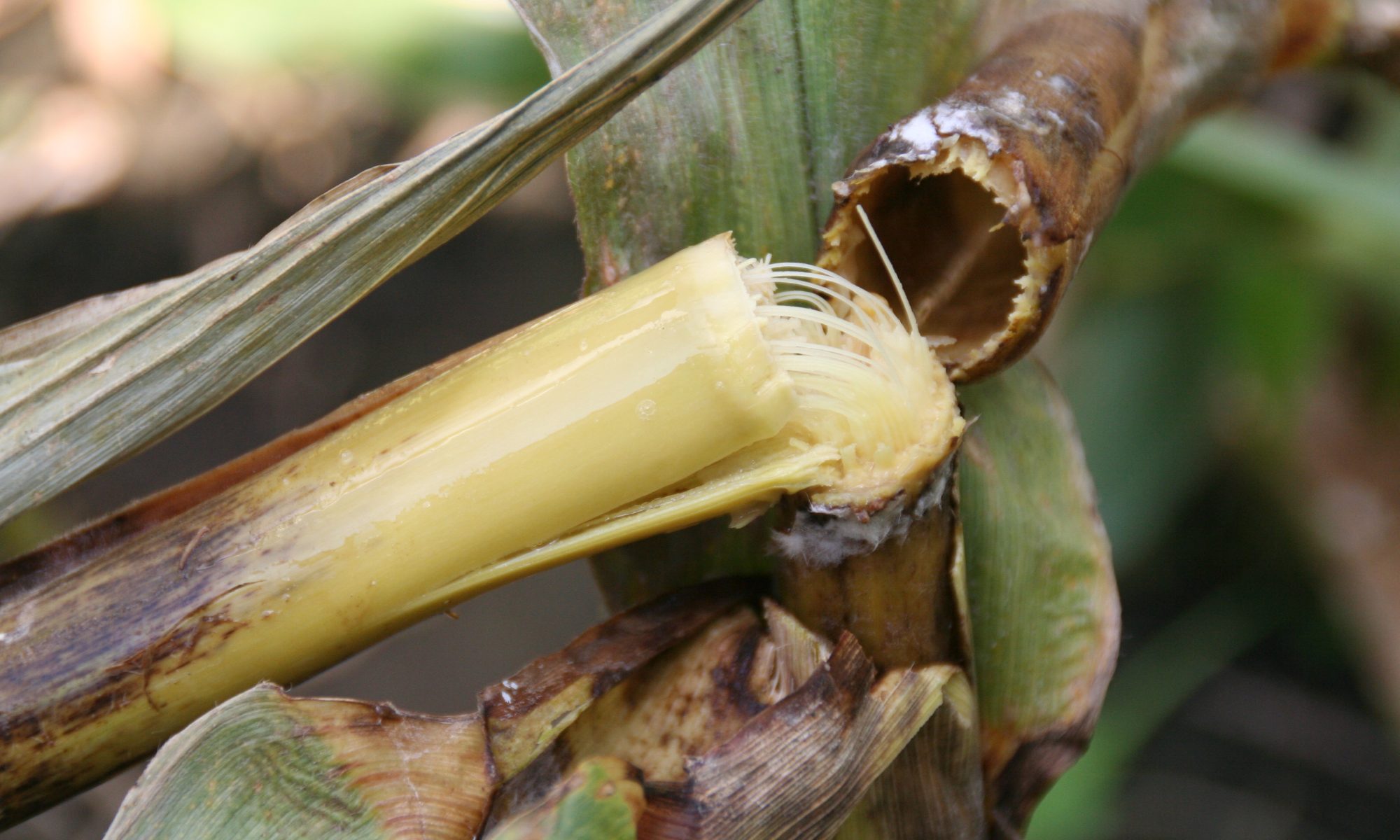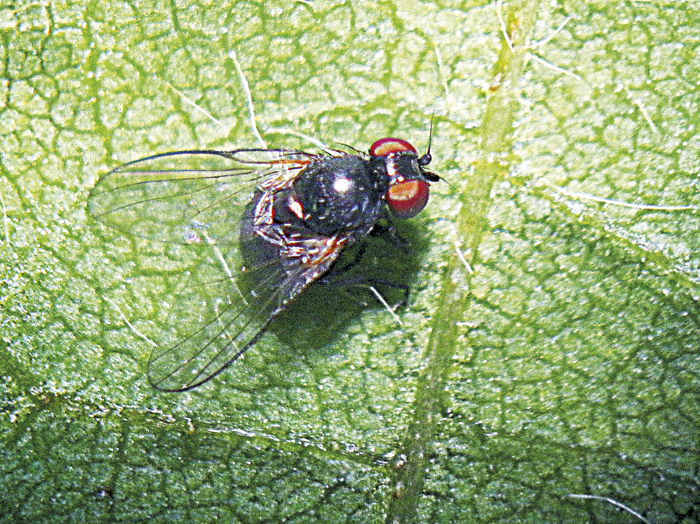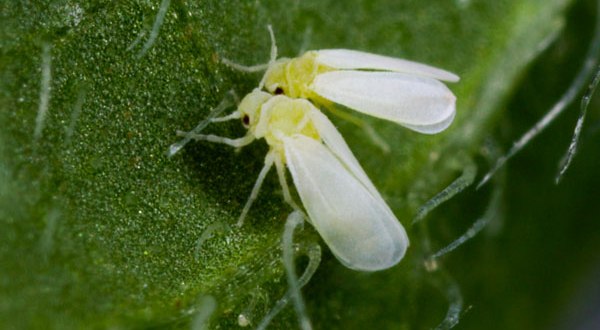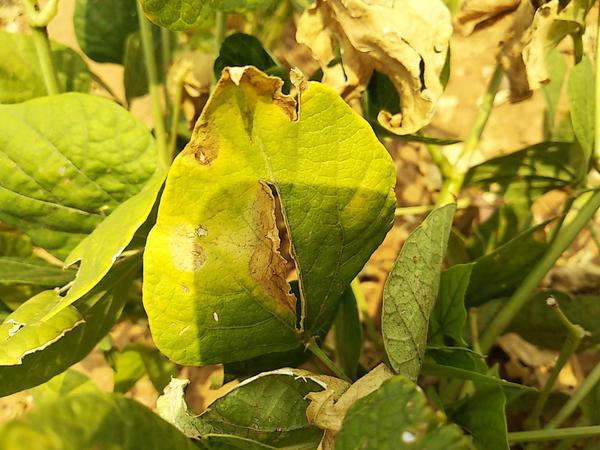- Symptoms: – It is a bacterial disease, due to this disease, the internodes of the lower part of the stem of maize get infected and because of this stem rotting starts in the infected part of the stem.
- Viscous water comes out from the part in which the infection has occurred and a bad smell starts.
- After some time its symptoms are seen on the leaves, which later spread on the whole plant.
- Management: – streptomycin sulfate IP 90% w / w + tetracycline hydrochloride IP 10% w / w @ 24 gram / acre or Kasugamycin 5% + copper oxychloride 45% WP @ 300 gram / acre.
- Pseudomonas fluorescens @ 250 gram / acre as a biological treatment.
Grant will be given in the field of food processing, farmers’ income will increase
The government seems to be cautious about the construction of units associated with food processing and preservation capacity and the modernization of already built units. This is the reason that the government has decided to give 35% of the cost of grants in this area. This grant will be given for construction up to a maximum of 5 crores.
The scheme includes processing of fruits and vegetables, milk, meat/poultry/fish, breakfast cereals/snacks/bakeries, cereals/pulses, oils, etc.
The purpose of this grant is to develop processing and preservation capabilities in the country and in addition to modernizing and expanding the existing food processing units.
Source: Krishi Alert
ShareStem fly prevention in Maize Crop
- It is a major pest of maize crops which attack maize stems, due to its infestation, the main part of the maize trunk is cut off, due to this growth of the maize plant affected.
- Its young pest attacks the new plant, due to which the corn plants dry up and die.
- For the prevention of this pest, thiamethoxam 12.6% + Lambda cyhalothrin 9.5% ZC @ 80 gram / acre or fipronil 40% + imidacloprid 40% WG @ 40 gram / acre
- Bavaria Basiana @ 500 gram / acre use as a biological treatment.
White fly symptoms and prevention
- White Fly Symptoms: – This pest causes a lot of damage to the crops in both the infant and adult stage.
- Sucking leaf juice inhibits the growth of the plant and this pest also causes the infection of harmful fungus called black fungus that is produced on the plant leaves.
- Because of these pests, the chilli plant is fully infected and after this chilli plant leaves may dry and die.
- Management: – For the prevention of this pest use diafenthiuron 50% SP @ 250 g / acre or flonicamid 50% WG @ 60 ml / acre or acetamiprid 20% SP @ 100 gram / acre or pyriproxyfen 10% + bifenthrin 10% EC@ 250 ml / acre.
From this date, the sixth installment of PM Kisan Samman Nidhi Yojana will start.
The next installment of the Pradhan Mantri Kisan Samman Nidhi scheme is coming soon. This installment will start reaching the bank accounts of the farmers after two weeks. Under this scheme, the central government directly deposits 6000 rupees annually in the account of farmers. This amount of Rs 6000 is sent to the farmers’ accounts in three installments. The government is going to put the next installment of this amount in the farmers’ accounts from August 1.
Significantly, the Central Government started the Pradhan Mantri Kisan Samman Nidhi Yojana on 24 February 2019. However, the scheme came into effect from 1 December 2018.
So far 5 installments of Rs 2000 have been sent to the bank accounts of the farmers under this scheme and the sixth installment of the farmers’ bank accounts will also start reaching from August 1.
Source: Live Hindustan
ShareSymptoms and prevention of spider outbreak on crops
- Symptoms of mites: – These pests are small and red in color, which is found in large quantities on the tender parts of the crop like a leaf, flower bud, and twigs.
- Webs are visible on the plant on which the mites attack. These insects attack soft parts of the plant by sucking the juice for that eventually the plant dies.
- The following products are used to control mites in chili crops.
- Spraying of propargite 57% EC @ 400 ml / acre or spiromesifen 22.9% SC @ 200 ml / acre or abamectin 1.8% EC @ 150 ml / acre.
- Use Metarhizium @ 1 kg / acre as a biological treatment
Fruit Rot or Dieback/Wet Rot disease in Chilli Crop
- Fruit rot or dieback: Fruit rot or dieback disease is caused by fungus.
- In this disease, small and round, brown-black irregular scattered spots appear on the leaves of chilli crop.
- Yellow-colored spots are seen on the fruit of chili, which causes rotting on the fruit.
- Wet rot disease: This disease is also caused by a fungus, the outbreak of this disease is more in the flowering stage of Chilli.
- The stem and twigs of the affected plant appear wet due to infection.
- For prevention of these diseases, spray Chlorothalonil 70% WP @ 300 gram / acre or Carbendazim 12% + Mancozeb 63% WP @ 500 gram / acre or Metiram 55% + Pyraclostrobin 5% WG @ 600 gram / acre.
- Spraying of Tebuconazole 50% + Trifloxystrobin 25% WG @ 100 gram / acre or Azoxystrobin 11% + Tebuconazole 18.3% SC @ 250 ml / acre are also very helpful.
Organic farming will be promoted through Paramparagat Krishi Vikas Yojana
Central and state governments are promoting organic farming. Under this, the Paramparagat Krishi Vikas Yojana has been started. Under this scheme, the assistance of 50 thousand rupees per hectare of land is being given for three years. In this help, the farmer can buy organic manure, organic pesticides, and vermicompost, etc. Farmers will get Rs 31000 for this purchase, which will be 61 percent of the total cost.
The Government of India is going to promote organic farming by doubling the allocation for this scheme. The Ministry of Agriculture has sent a proposal to the government to increase the amount allocated for this area to double. If this happens, in the coming years, an allocation of up to Rs 1300 crore will be made annually.
Source: HS News
ShareAlternaria leaf spot disease in soybean crop
- Alternaria leaf spot disease sometimes appears in the soybean crop just after the sowing.
- When the plant grows, it appears on the leaves and pods of the soybean crop.
- In this disease, round brown spots appear on the leaves and these spots grow slowly and finally the affected leaves dry up and fall.
- For the prevention of this disease, use Carbendazim 12% + Mancozeb 63% WP@ 300 gram / acre or Kitazin @ 300 gram / acre or Trichoderma viride @ 500 gram / acre.
Spraying Management in Soybean Crop after 25-30 days
- In the soybean crop, 25-30 days after sowing, it is very important to manage insects, diseases, and nutrition.
- To avoid the fungal problem (Alternaria leaf spots, bacterial leaf spot) of soybean crop after sowing spray Carbendazim 12% + Mancozeb 63% WP @ 300gm/acre or Trichoderma viridi @ 500 gm/acre.
- Insects such as stem borer and leaf borer occur in the soybean crops. To control these pests, spray lambda-cyhalothrin 4.9% CS @ 200 ml / acre or profenophos 50% SC @ 500 ml/acre.
- For good growth and development of soybean crop, spraying सीवीड at the rate of 400 ml/acre or amino acid @ 300 ml/acre or gibralic acid @ 300 ml/acre.










